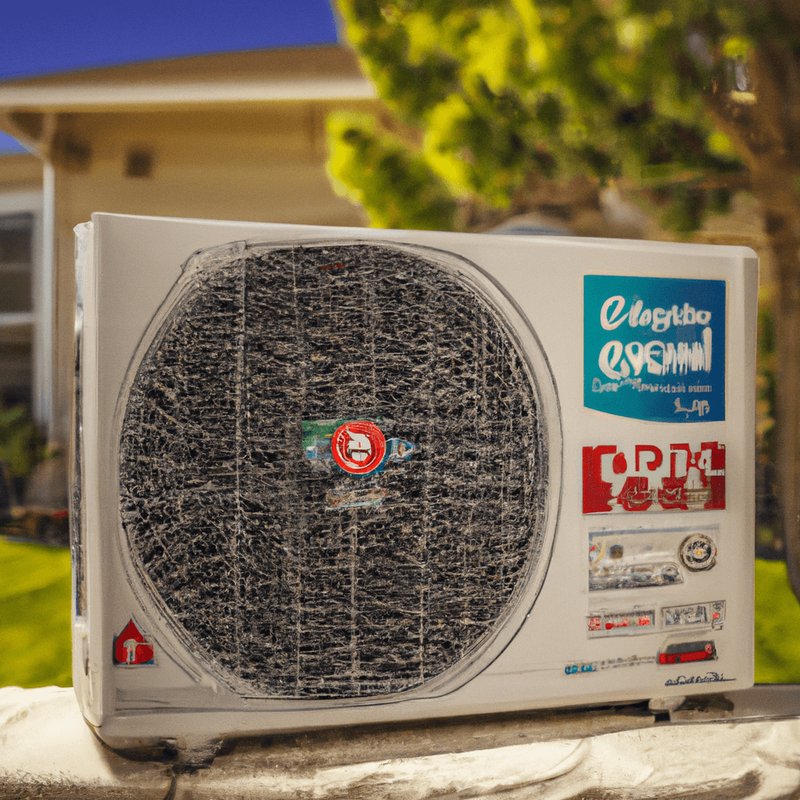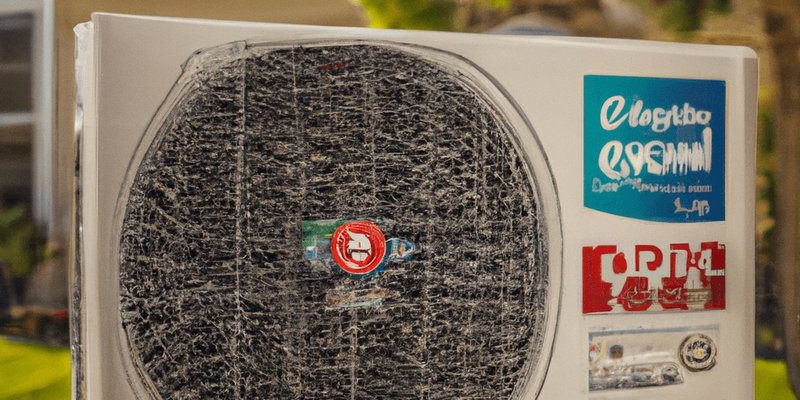
Honestly, it’s easy to assume you can just hand over a serial number and get covered. But HVAC warranties have more twists than a garden hose. If you’re staring at that barely-used Carrier system in your new house, or eyeing a “like-new” unit online, let’s break down how warranty registration *really* works when you’re not the original owner. Picture it like trying to transfer a concert ticket to a friend—it’s not always as simple as it sounds.
Carrier is one of the most recognized HVAC brands out there, known for their reliability and techy features, but their warranty policies get a little tricky with secondhand systems. Grab a coffee and let’s dig into what’s possible, what’s not, and where you stand with that used Carrier HVAC unit.
How Do Carrier HVAC Warranties Normally Work?
Before we talk about used systems, let me explain how Carrier’s HVAC warranties work right out of the box. When you buy a *brand new* Carrier system and it’s installed by a professional, the manufacturer offers a *limited parts warranty*. The coverage usually runs for ten years, but here’s the catch: that full decade only kicks in *if* you register your unit within 90 days of installation.
Now, what does “register” mean? Simply put, you give Carrier your system’s serial number and installation date, usually online or through your installer. It’s a quick process—think of it like registering a product with the code on the back. If you skip this step, the warranty drops down to just five years. That’s a pretty big difference, right?
So, brand-new units come with a standard warranty, but Carrier makes you jump through a small hoop (registration) for the best coverage. And that window is tight: after 90 days, there’s no going back to get the longer warranty. Why is registration so strict? Carrier wants to know the system’s history, date, and original install location, mostly to track issues and prevent warranty abuse.
Does the Warranty Transfer If You Buy a Used Carrier System?
Here’s the thing: with homes, cars, or even electronics, some warranties transfer to the new owner automatically—but not always with HVACs. Carrier does allow for *warranty transfers* under certain conditions, but it’s not as easy as simply handing over the paperwork. Let me explain.
If you’re buying a house with a Carrier HVAC system that’s still under the original registered warranty, you can sometimes transfer the coverage to your name—*but* you usually have to do this within 90 days of the home sale and pay a *transfer fee*. It’s like transferring a gym membership: there’s paperwork, sometimes a small cost, and a strict deadline.
But here’s the major catch: if you’re buying a used Carrier unit from someone else (not as part of a home sale), Carrier’s *limited parts warranty* does **not** transfer. They want the warranty to follow the original installation address and owner—so moving the system to a new location, or buying it detached from the house, leaves you without carrier-backed coverage.
So, if you’re hunting on Craigslist or Facebook Marketplace for a standalone Carrier furnace or AC, don’t expect to register it for warranty. Carrier’s coverage is tied to the first home it was installed in, not just the equipment itself.
Why Carrier (And Other Brands) Don’t Let You Register Used Equipment
You might be wondering, “Why all the fuss? Shouldn’t a good product be covered, no matter who owns it?” Well, from Carrier’s side, it’s a matter of quality control and troubleshooting. HVAC systems aren’t plug-and-play like a universal remote—they need to be *professionally installed*, matched to each home’s needs, and kept up with regular maintenance.
Allowing anyone to register a used HVAC system could open the door to shady installs, mismatched code compliance, or old problems getting blamed on the manufacturer. Carrier wants to avoid being on the hook for issues caused by improper installation, skipped maintenance, or damage during system removal and resale. Basically, it’s their way of keeping warranty claims honest and manageable.
Plus, a lot of used HVAC units lose track of their paperwork and service history. Without that chain of custody, Carrier has no way to verify if the system was run correctly—or even if the serial number is valid. Imagine trying to prove you changed the oil on a secondhand car with no records. That’s why they keep warranty registration locked to the original address and owner.
Pro tip: Always ask for service records and proof of original warranty registration when buying a home with a Carrier HVAC system. It can make or break your ability to transfer any remaining coverage.
What If the Used Carrier System Is “Like New” or Barely Used?
Let’s say you find a Carrier unit that looks like it just came out of the box—maybe it was installed for a short time, then removed for a remodel or upgrade. Can you register that for a fresh warranty? Unfortunately, the answer is usually no.
In Carrier’s eyes, once a system has been installed and registered to one address and homeowner, that’s it. Even if it ran for only a week, or not at all, the clock starts ticking from the *original* installation date. The warranty doesn’t reset just because you’re the new owner in a different home.
Some folks try to get creative by claiming it’s a “new” install when moving a gently used Carrier system. But if the serial number already appears in Carrier’s database, the system will be flagged as previously registered. That means no new warranty, and you may not be able to register it at all.
If you still go ahead and install a slightly used Carrier unit, you might get basic coverage from your installer or contractor (like a short labor warranty), but not from Carrier itself. It’s a bit like buying a “new old stock” phone that’s already been activated—your manufacturer support options are limited.
Common Problems with Used Carrier HVAC Warranty Registration
If you’re set on buying or inheriting a used Carrier HVAC unit, be aware of these stumbling blocks people often hit when trying to get warranty coverage or register the equipment:
- Missing or mismatched serial numbers: If the system’s serial number doesn’t match Carrier’s records, you’re out of luck.
- No proof of professional installation: Carrier requires certified installation for warranty coverage—DIY jobs are a big red flag.
- Warranty was never registered by the first owner: If the original buyer didn’t register within 90 days, only a shortened warranty applies, and often it’s not transferable.
- Moved to a new address: Moving an HVAC unit voids the warranty, even if it’s still in the “coverage window.”
Here’s a realistic example: Let’s say you buy a house with a four-year-old Carrier AC. The seller says it’s registered and under warranty, but when you go to transfer, you find out the warranty was never activated by the original owner. Now you’re on a five-year limited plan, not the full ten, and may not be able to transfer at all. Frustrating, right?
Or maybe you scored a used Carrier furnace for a rental property, only to realize Carrier won’t help if something breaks—unless you pay for every part and repair yourself. That “good deal” can lose its shine fast.
Alternatives and What to Do If Carrier Warranty Isn’t Available
So, what options do you have if you’re stuck with a used Carrier HVAC system that’s not eligible for manufacturer warranty registration? Honestly, it’s not all doom and gloom. There are still ways to protect yourself:
- Ask the installer for a labor warranty: Some HVAC contractors offer their own service guarantees on used systems they install, even if Carrier won’t cover parts.
- Look at third-party home warranty plans: Companies like American Home Shield and others will sometimes cover repairs on pre-owned HVAC units, even those without original manufacturer warranties.
- Keep up with regular maintenance: Staying on top of filter changes, seasonal tune-ups, and cleanings helps prevent issues—plus, some installer warranties require proof of ongoing care.
- Consider the total cost of ownership: Sometimes, the risk and hassle of a used system outweigh any savings. Crunch the numbers before choosing used over new.
In some cases, investing a bit more in a new Carrier system (with full warranty and registration) is the smarter move, especially if you plan to stay in the home for a while.
How Carrier HVAC Warranty Registration Compares to Other Brands
You might be wondering, “Is Carrier the only brand with these rules?” Actually, most major HVAC manufacturers follow very similar policies when it comes to warranty registration and transfers. Goodman, Trane, Lennox—almost all require professional installation, registration within a set period (often 60–90 days), and some version of “original owner/address only” coverage.
A few brands allow for more flexibility in home sales, with easier transfer policies or lower fees. But *none* allow you to register a used system that’s been moved to a new property as if it were new. The core idea is always the same: warranties follow the equipment *and* the installation address—not just the serial number.
If you absolutely need flexibility, a reputable third-party home warranty policy may offer more coverage on older or secondhand systems, though these plans often have more exclusions and service call fees.
Final Thoughts: Making the Right Move With Used Carrier HVAC Systems
At the end of the day, registering a used Carrier HVAC system for a manufacturer warranty just isn’t on the table. Carrier, like most HVAC brands, keeps its warranty coverage linked to the first owner and original installation address. If you’re buying a home with an existing Carrier unit, get every bit of paperwork you can and try to transfer the remaining warranty within the company’s window. But if you’re picking up a secondhand unit for a new install, be realistic—manufacturer support probably won’t be there.
That doesn’t mean you’re totally stuck. Good maintenance, smart installer choices, and third-party service plans can help you keep your system running smoothly. Just go in with open eyes and factor in the risks—sometimes, peace of mind is worth a little extra up front. If you have any doubts about the coverage, reach out to a licensed Carrier dealer for honest advice, and you’ll save yourself plenty of frustration down the line.
